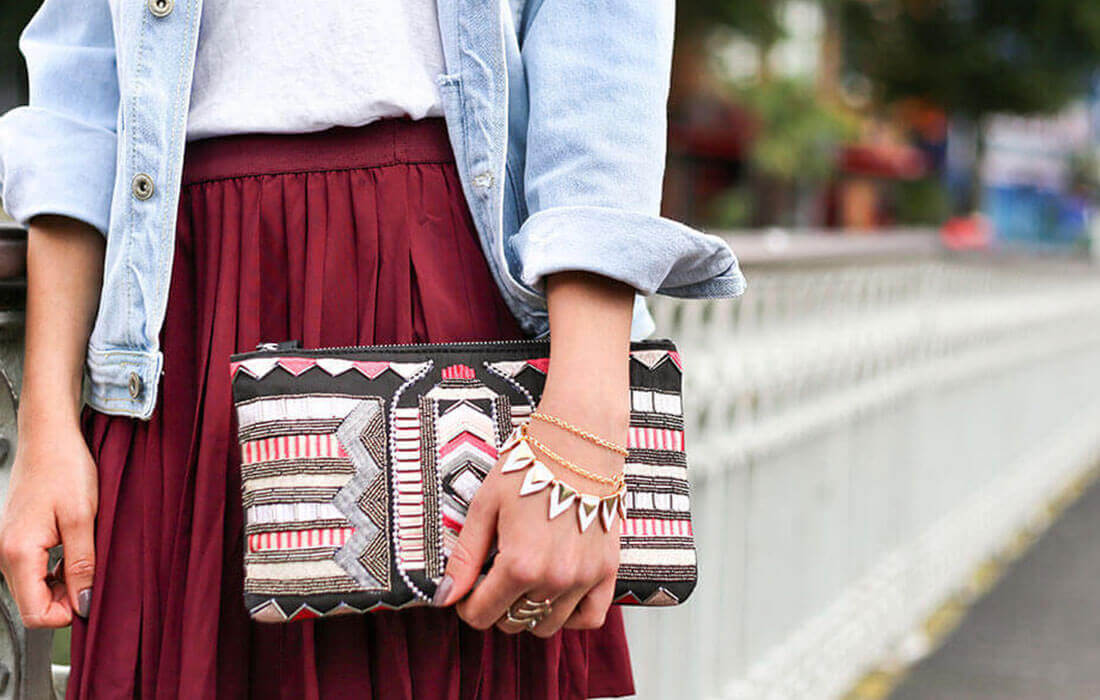No products in the cart.
Return To ShopA Journey Through Time: Exploring the History of Costumes
From the intricate robes of ancient civilizations to the glamorous gowns of the Victorian era, the history of costumes is a captivating journey through the evolution of human culture and fashion. Costumes have not only served as garments to cover the body but have also been a means of expressing identity, social status, and cultural heritage. Let’s delve into the rich tapestry of History of Costumes and discover the fascinating stories behind the attire of bygone eras.
Ancient Civilizations: The Birth of Costume
The history of costumes dates back thousands of years to ancient civilizations such as Mesopotamia, Egypt, Greece, and Rome. In these early societies, clothing served both functional and symbolic purposes.
In ancient Egypt, garments were often made from linen and adorned with intricate embroidery and jewelry. The famous Egyptian tunics, known as “kalasiris” for women and “schenti” for men, were simple yet elegant garments draped around the body, reflecting the importance of modesty and comfort in the hot climate.
Greek and Roman costumes, on the other hand, were influenced by factors such as climate, social status, and cultural beliefs. The Greeks favored draped garments such as the chiton and himation, while the Romans adopted a more structured approach with tunics, togas, and stolas. These garments not only provided protection but also conveyed the wearer’s social standing and role in society.
The Middle Ages: Fashion in Feudal Europe
The Middle Ages witnessed the rise of feudalism in Europe, and costumes played a significant role in reflecting the hierarchical structure of society. Nobles and royalty adorned themselves in luxurious fabrics such as silk, velvet, and brocade, embellished with intricate embroidery and jewels, while peasants wore simple garments made from wool or linen.
During the Renaissance, fashion became more elaborate and extravagant, with the emergence of sumptuary laws dictating what garments could be worn based on social rank. The iconic silhouette of the era was characterized by voluminous sleeves, corsets, and elaborate headdresses, epitomized by the Tudor fashion of England and the flamboyant styles of the Italian Renaissance.
The Age of Enlightenment: Fashion and Revolution
The 18th century saw a shift in fashion towards more refined and elegant styles, influenced by the ideals of the Enlightenment and the rise of the bourgeoisie. The silhouette became slimmer, with emphasis on natural waistlines and flowing skirts for women, while men adorned themselves in tailored suits and powdered wigs.
The French Revolution of 1789 had a profound impact on fashion, as the extravagant styles of the aristocracy gave way to simpler, more practical garments inspired by classical ideals and the aesthetics of ancient Greece and Rome. The Empire silhouette, characterized by high waistlines and flowing lines, became popular during this period, reflecting the changing social and political landscape of Europe.
The Industrial Revolution: Mass Production and Fashion
The 19th century witnessed the advent of the Industrial Revolution, which transformed the production of textiles and clothing on a massive scale. With the introduction of mechanized looms and sewing machines, clothing became more affordable and accessible to a wider range of people.
The Victorian era, named after Queen Victoria of England, was a period of dramatic change in fashion, with styles ranging from the romanticism of the early 19th century to the more structured and modest designs of the later decades. The crinoline, bustle, and corset were iconic elements of Victorian fashion, reflecting the social norms and values of the time.
The Modern Era: Diversity and Innovation
The 20th century saw unprecedented diversity and innovation in fashion, as designers pushed the boundaries of traditional costume design and embraced new materials, technologies, and cultural influences. From the flapper dresses of the 1920s to the sleek and minimalist styles of the mid-20th century, each decade brought its own distinctive fashion trends and movements.
Today, costume design continues to evolve and adapt to the changing needs and tastes of society. From haute couture runways to cosplay conventions, costumes remain a powerful form of self-expression and creativity, reflecting the rich tapestry of human culture and history.
In conclusion, the history of costumes is a fascinating journey through time, revealing the intricate relationship between fashion, culture, and society. From the simple garments of ancient civilizations to the extravagant styles of the modern era, costumes have always been more than just clothing—they are a reflection of our identity, values, and aspirations.
Related posts
Themed events offer a unique opportunity to escape reality and immerse oneself in a world of imagination. Whether it’s a costume party, a themed wedding,... Continue reading




One comment
Pingback:
Maha Tareen